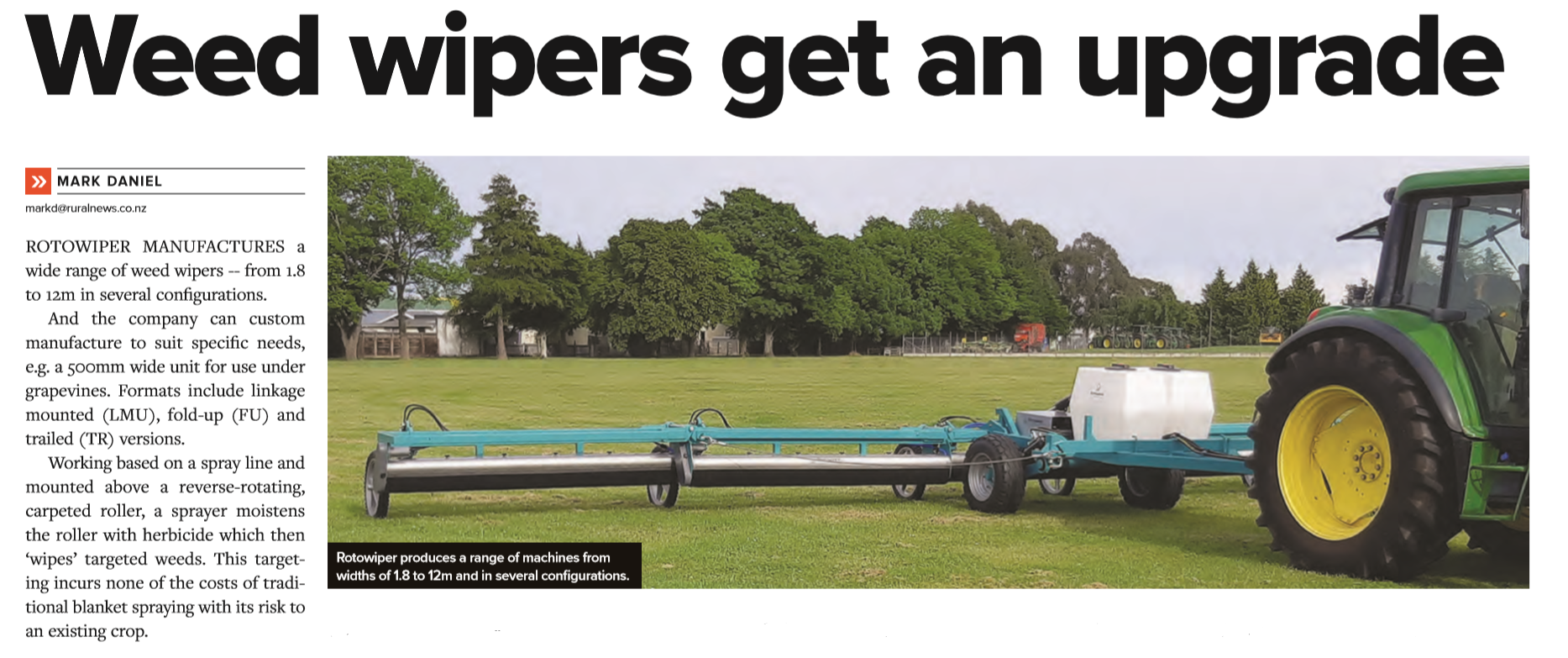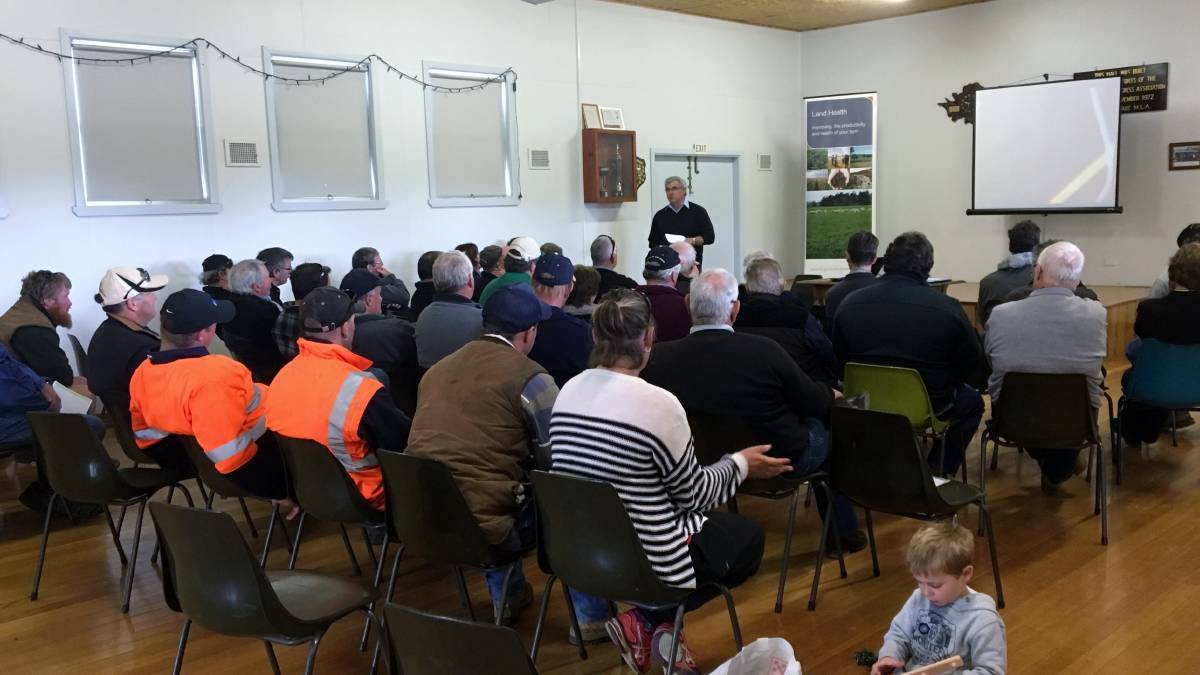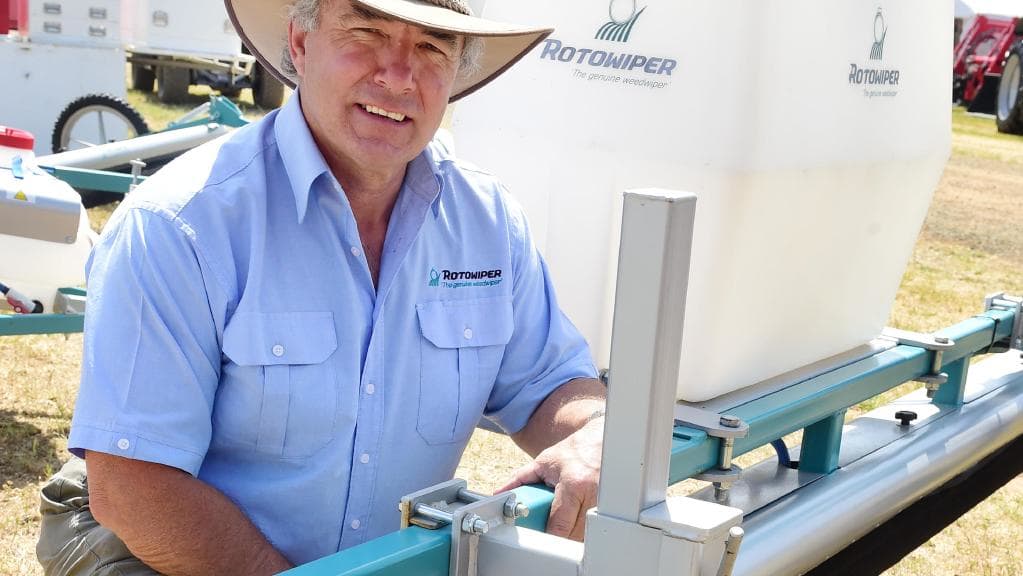|
Californian thistles (Calis) are a major problem on New Zealand farms, from Southland to the far north. It can be expensive exercise to control and even eradicate.
First you must understand some of the biology of the plant:
There are three very important steps in this process: timing, chemical selection and equipment choice Timing: To kill this plant effectively you must get the chemical down into the rhizomes root system. To achieve this we must wait for the sap flow to be directed down into the root system. This happens once the plant reaches "hard bud"' (flower bulb seed) stage and flowering begins. This is the optimum time to attack the Calis, ideally at least 20% of the Calis flowering in the paddock. At this stage the sap flow is running back down into the depths of the rhizome root system, therefore getting maximum translocation of chemical to where it is most effective. **Treat on stem effectively and see several to dozens die.** Chemical selection: There are many theories and brews concocted around the country. My theory is: many a brew is concocted to try and short cut the procedure or by adding this and that they will kill the Calis prior to the '"hard bud" stage. There is a difference from burning off the top green foliage and actually dealing with the core root system. The burn off effect only gives a you great immediate visual and will knock the Calis, however the warning is it will make the Calis angry and will be back next season with vengenance. Recommended chemical: Clopyralid - rate 40/1 (recommend Versatill). It is highly recommended to talk to local agronomist or agri-chemical specialist. Equipment choice: For application of an herbicide there are two options: spraying or wiping. Spraying can be the only option on steep hilly terrain where access is limited. The disadvantage is restricted chemical selection, dependant on weather/wind, damage to exisiting pasture and chemical drift can effect stock, vegetation and environment. The Rotowiper system has some huge advantages over spraying. The key to this system is that you only kill what you touch. How it works: The Rotowiper has a 15 cm roller wrapped with a specially designed carpet that retains moisture to eliminate dripping, it is chemical and rot resistant. The roller is counter rotating to the direction of travel that helps maintain better contact with the plant. There is a completely enclosed spray line about the roller for the chemical is extracted/wiped onto the plant. Why it works: The wiping system is a direct contact type application. The plant is forced into contact with the roller and is roller over, exposing the stem and the undersides of the leaf to the chemical. These two areas are the most susceptible to chemical penetration, when the plant stands up again there should be a small trickle of chemical running down the stem of the plant. The bigger and strong the plant, it stands harder against the carpeted roller and extracts more chemical. This simply means the bigger stronger plants get more chemical, the small plant less. A very simple efficient use of chemical. The Rotowiper system can be used in windy conditions, uses considerable less chemical, no spray drift to affect other plants or the environment. THE MOST EFFECT CONTROL OF CALIFORNIAN THISTLES
0 Comments
"ROTOCART 300 LT".
Hi there. We have one of these. It's been great - probably 20 years old and going strong. Thanks posted by: toby 5:35 pm, Tue 23 Jul Mark Daniel reports on the upgrade of our Rotowipers in the latest print of Rural News
Dougal was invited to talk about using the Rotowiper to control African Lovegrass at an African Lovegrass workshop in Telopea, New South Wales, Australia.
Rotowiper was featured in an article published by The Weekly Times where Dougal talks about why weed wiping with the Rotowiper system is superior over conventional spray methods.
Click here to view the full article. |
|
||||||||








